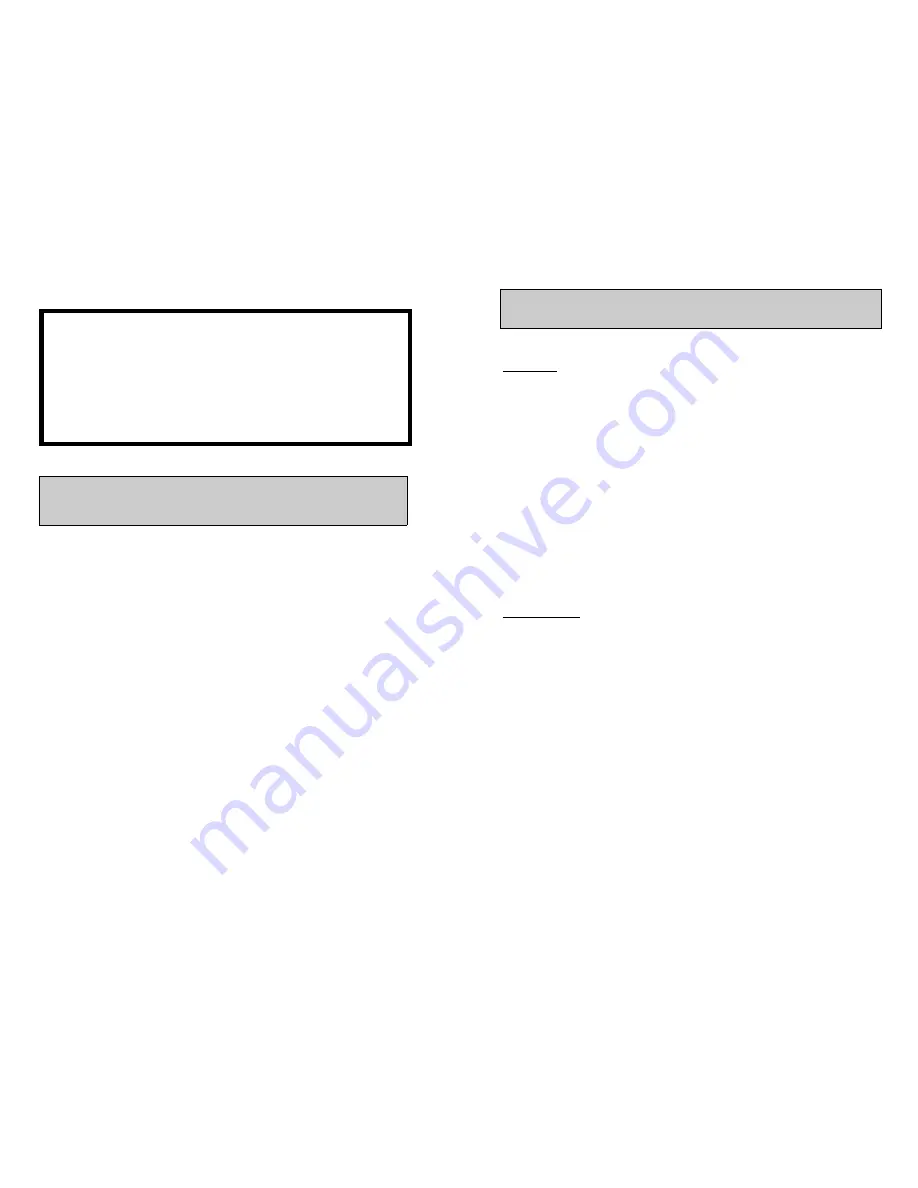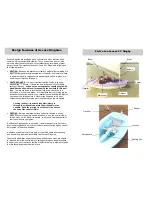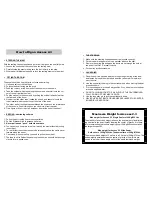
General info on Personal Floatation Devices
(PFD’s)
There are many types and variety of buoyancy aids available, manufactured
to different sets of standards.
The PFD is a personal item of safety equipment, designed specifically to
assist in preserving a person’s life when in the water. Some PFD’s provides
buoyancy to help you float with your head above the water.
All sailors and volunteers should wear a PFD at all times whilst on, or
near water
.
PFD’s are subject to normal wear and tear. Each one should be checked
regularly and if in doubt about its serviceability it should be replaced. If they
become wet from salt water they should be hosed down with fresh water
and allowed to dry.
PFDs and Children
A properly designed PFD of the correct size will keep a child’s mouth and
nose clear of the water. A child should be taught how to put on a device
and should be allowed to try it out in the water. It is important that the child
feels comfortable and knows what the PFD is for and how it functions.
Items included with your Access 2.3 Sailing Dinghy.
1. 2.3 Sailing Dinghy 8. Installed reefing system
2. Mast 9. Bobbin
3. Boom 10. Sail
4. Centreboard 11. Mainsheet
5. Rudder 12. Outhaul
6. Rubber Box 13. Traveller
7. Rudder Box Pin 14. Painter
General Safety Sailing Precautions
GENERAL
•
Take into account the actual and forecast weather conditions.
•
Personal Flotation Devices (PFD) must be worn by all persons when
afloat.
•
The sailing area should be clearly defined and known to all afloat. The
safety boat should be able to view the entire sailing area at all times.
•
There should be a simple signal for all boats to return to shore, which is
known by all afloat.
•
The safety of sailors and volunteers must be considered at all time. If
weather conditions alter, sails are to be reefed accordingly, or if neces-
sary activities cancelled should conditions prove unsafe.
SAFETY BOAT
•
When Access Dinghies are sailed a safety boat should be on the water at
all times, with at least two crew on board. Generally a safety boat should
provide cover for no more than eight dinghies, but prevailing conditions
must be taken into account.
•
Safety boats should carry a first aid kit and should be equipped with radio
communication to the shore.
•
In all planing powerboats, a kill cord should be fitted and used
.
•
All persons in the safety boat must wear an approved buoyancy aid.
•
All safety boat personnel should be instructed on how to reef sails.
•
If an Access Dinghy needs to be towed, it is safer and easier to tie
the dinghy close alongside and remove the rudder blade so that the
dinghy cannot be “steered” in the wrong direction.




